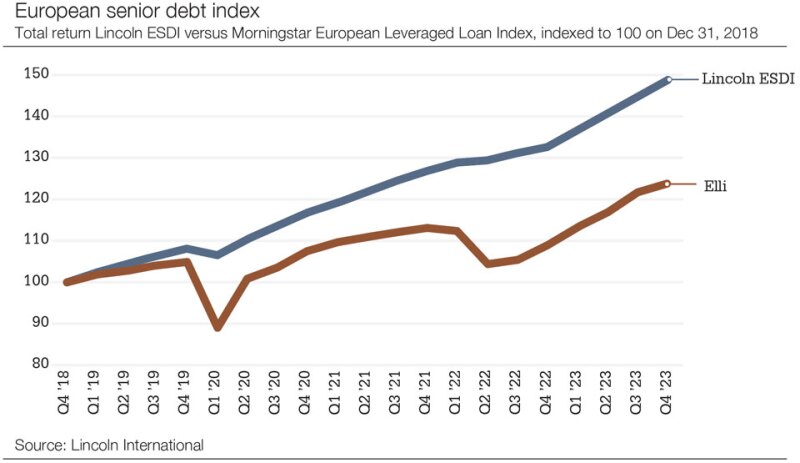Protecting Your Privacy: A Guide To Removing Your Internet Data

Table of Contents
Understanding Your Online Footprint
Before we delve into the methods of removing your internet data, it's crucial to understand the breadth of information collected about you online. This "digital footprint" encompasses various data types, each presenting its own privacy implications.
- Browsing history: Your web browser meticulously records every website you visit, creating a detailed log of your online activities.
- Search history: Search engines store your queries, revealing your interests, concerns, and even potentially sensitive personal information.
- Cookies: These small text files track your online behavior across websites, enabling targeted advertising and personalized experiences, but also compromising your privacy.
- Location data: Many apps and devices track your location, often without explicit consent, potentially exposing your movements and routines.
- Social media activity: Your social media profiles contain a wealth of personal information, from your name and contact details to your relationships, beliefs, and preferences. This data is often publicly accessible and easily aggregated.
Leaving this data unmanaged exposes you to several risks:
- Targeted advertising: Companies use your data to create personalized ads, potentially exploiting your vulnerabilities or preferences.
- Data breaches: If a company storing your data suffers a breach, your personal information could be compromised, leading to identity theft or financial loss.
- Identity theft: Aggregated data can be used to create a detailed profile of you, making you a target for identity thieves.
Removing Data from Search Engines
Search engines like Google index vast amounts of information from the web. While you can't completely erase your existence from the internet, you can remove certain URLs and data from search results.
Google offers a removal tool that allows you to request the removal of specific URLs from its search results. This is particularly useful for outdated or sensitive information. However, it's important to understand the limitations:
- Not all data can be removed: Google prioritizes content that is illegal, private, or violates its policies.
- Data may reappear: Removed data might reappear if it's re-indexed by Google or posted elsewhere.
The process generally involves:
- Submitting a removal request to Google: This requires providing the URL and explaining why its removal is justified.
- Understanding the criteria for successful removal requests: Google's guidelines are specific, and requests must meet certain criteria for approval.
- Alternatives for other search engines: While Google's tool is widely used, Bing and DuckDuckGo also have mechanisms for removing data from their search indices.
- Regularly checking for reappearance: It's essential to periodically check for the reappearance of removed data and resubmit removal requests if necessary.
Deleting Your Data from Social Media Platforms
Social media platforms hold significant amounts of personal data. Removing this information requires understanding the different options available: Deactivation temporarily suspends your account, while deletion permanently removes it (and your data), though some residual data may remain. The specific process varies across platforms, but generally involves:
- Step-by-step instructions for deleting accounts: Each platform (Facebook, Twitter, Instagram, etc.) provides instructions on how to delete your account.
- Understanding the implications of deactivation versus deletion: Choose the option that best aligns with your needs.
- Downloading your data before deletion: Before deleting your account, you can usually download an archive of your data for your records.
- Reviewing privacy settings before deletion: Optimize your privacy settings before deleting your account to minimize the data retained by the platform.
Managing Cookies and Browser History
Clearing your browsing history, cookies, and cache regularly is a simple yet effective method of removing internet data and enhancing your online privacy. The process differs slightly across browsers (Chrome, Firefox, Safari, etc.), but generally involves accessing browser settings and selecting the option to clear data.
You can also enhance data protection through:
- Privacy-enhancing browser extensions: Tools like uBlock Origin and Privacy Badger block trackers and enhance your privacy.
- Incognito/private browsing: This mode prevents your browser from saving your browsing history and cookies, but doesn't offer complete anonymity.
- Browser privacy settings: Customize your browser settings to minimize data collection and tracking.
Beyond the Basics: Additional Strategies for Removing Internet Data
Beyond the steps outlined above, several additional strategies can enhance your online privacy:
- Using a VPN: A Virtual Private Network encrypts your internet traffic, making it more difficult for others to track your online activities.
- Data anonymization techniques: These techniques involve using pseudonyms or other methods to obscure your identity online.
- Contacting websites directly: Some websites allow you to directly request the removal of your data from their systems.
- Regularly reviewing and updating privacy settings: Proactively managing your privacy settings across all online accounts is crucial for maintaining control over your data.
Conclusion
Effectively removing your internet data is an ongoing process requiring diligence and awareness. By following the steps outlined in this guide, you can significantly reduce your digital footprint and enhance your online privacy. Remember to regularly review and update your privacy settings and utilize the tools and techniques discussed to maintain control over your personal information. Take control of your online presence today and start removing your internet data. Don't wait—begin protecting your privacy now!

Featured Posts
-
 Yankees Smash Team Record With 9 Home Runs Aaron Judges Triple Power Surge
Apr 23, 2025
Yankees Smash Team Record With 9 Home Runs Aaron Judges Triple Power Surge
Apr 23, 2025 -
 Aaron Judges Historic Home Run Show Yankees Smash Record With 9 Blast Game
Apr 23, 2025
Aaron Judges Historic Home Run Show Yankees Smash Record With 9 Blast Game
Apr 23, 2025 -
 Imf Sounds Alarm Trumps Trade Policies Threaten Global Financial Stability
Apr 23, 2025
Imf Sounds Alarm Trumps Trade Policies Threaten Global Financial Stability
Apr 23, 2025 -
 Jeff Bezos Blue Origin A Bigger Flop Than Katy Perrys Super Bowl
Apr 23, 2025
Jeff Bezos Blue Origin A Bigger Flop Than Katy Perrys Super Bowl
Apr 23, 2025 -
 Tonglings Warning Us Tariffs Impact Copper Market
Apr 23, 2025
Tonglings Warning Us Tariffs Impact Copper Market
Apr 23, 2025
